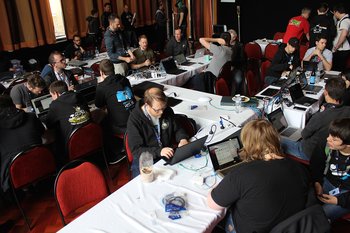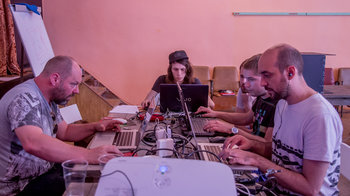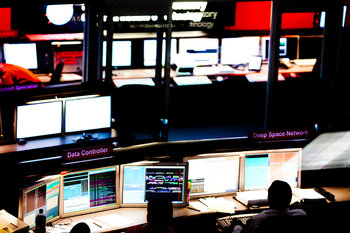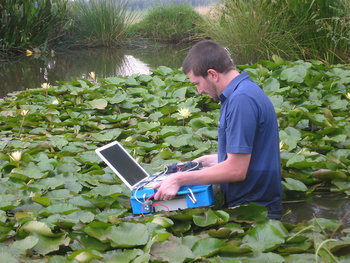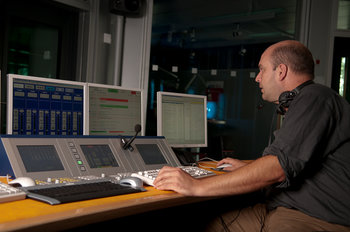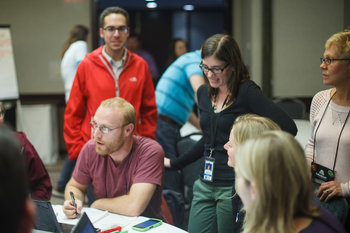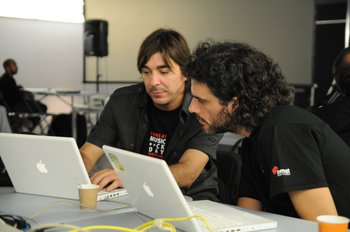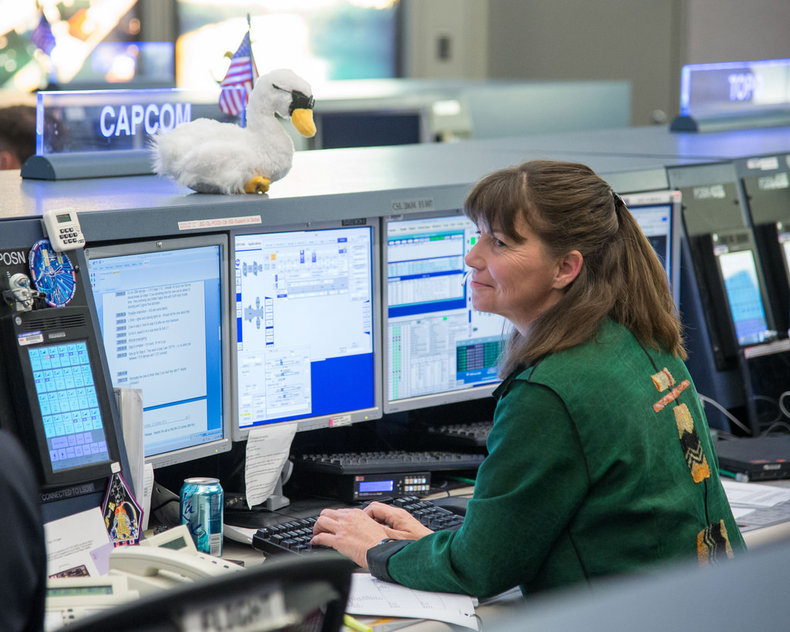
Hardware
An employee gets a new laptop and is allowed to keep their old laptop for a month to make sure they are able to transfer data and configuration preferences.Software
A firm mandates that all employees use a new cloud based office productivity platform. They keep the old software installed for a period of 4 months as a precaution.Systems
A bank launches a new stock trading site. They launch the new site on a pilot basis whereby certain customers are chosen to go to the new site. This reduces risks related to potential bugs in the new system. It also manages call levels to service centers as customers are more likely to call when presented with a new user interface.Facilities
A bank launches a new data center and schedules an old data center for closure. The two facilities are run at the same time for a year as systems are migrated to the new site.Business Capabilities
An ecommerce company plans to transition from outsourced customer service centers to their own call centers. As they are new at managing call centers, the company retains the outsourced service centers for a parallel run of 3 months to reduce operational risks.| Overview: Parallel Run | ||
Type | Deployment | |
Definition | The practice of keeping an old system operational after a new system is launched for a limited period of time. | |
Related Concepts | ||


